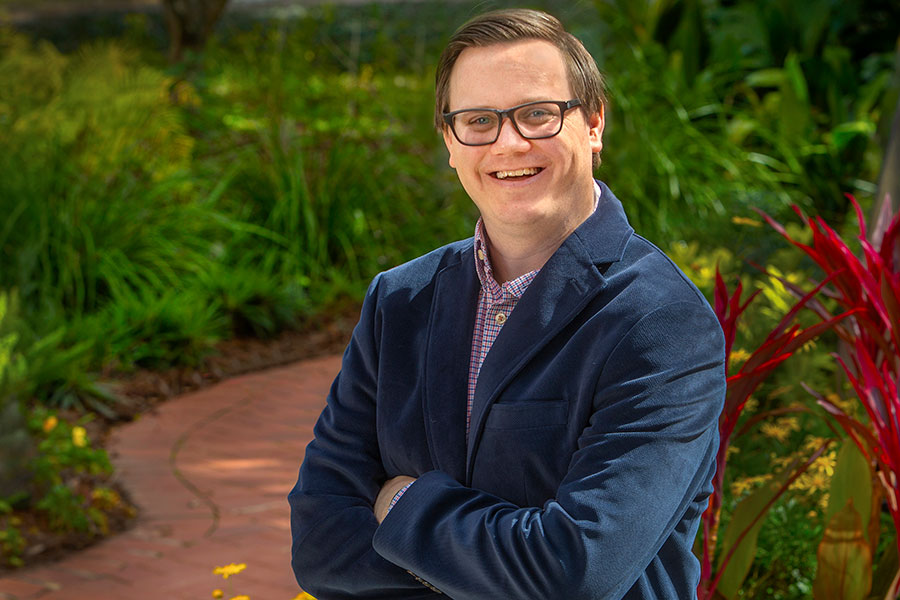
The pros and cons of policing methods have been heavily debated for decades in the United States.
Now, a Florida State University-led team of researchers has created a model to measure the differences between two distinct approaches to policing — the warrior approach and the guardian approach.
Assistant Professor Kyle McLean said the concepts — which attracted interest after the release of former President Barack Obama’s Task Force on 21st Century Policing report in May 2015 — had largely been theory up until now. The findings were published in Justice Quarterly.
“The warrior vs. guardian concept always seemed like a cool idea,” McLean said. “It sounded really good on paper, but we didn’t know if it was true. We didn’t have data to back it up. So, we decided to survey some officers to see if this was something real, that we could measure in an empirical way, and we did.”
The warrior concept is associated with the idea of militarizing policing and is consistent with the traditional view of police work — to search, chase and capture. However, the newer concept of guardian policing emphasizes social service, valuing community partnerships and establishing positive contacts.
For the study, researchers surveyed officers from police departments in Fayetteville, North Carolina, and Tucson, Arizona. Survey participants received nine questions and were asked to indicate their agreement to a given survey item from 1, strongly disagree, to 5, strongly agree. For instance, one survey item asked, “as a police officer, I see myself primarily as a civil servant.”
Officers were also provided a hypothetical scenario of a suspicious person walking in a park at night and asked about how they would respond.
The team found that warrior and guardian models are two distinct approaches to policing. However, officers were able to adopt both mentalities. They also found officers who scored higher on the guardian measure were more likely to value communication, while higher scores on the warrior measure revealed greater importance of physical control and more favorable attitudes toward excessive use of force.
McLean said the warrior mentality often leads to more use of force, making it more likely that the officer or the citizen gets injured.
“Research has shown the guardian mentality has very positive outcomes,” McLean said. “While we recognize that you can hold a guardian and a warrior mentality at the same time, if you’re not already emphasizing guardianship in some aspects of your work, you’re not doing it to the best of your ability and possibly to the detriment of community relationships and well-being.”
McLean said future research could explore positive outcomes of the warrior mentality and whether guardian and warrior mentalities and behavior can change over time.
“My hope is that this research will inform the debate and shift the focus to how policing can be changed,” McLean said. “As we come to understand these officer mentalities, we can better improve officer training and police-citizen encounters in the field, which ultimately provides better police-community relations.”
The study was funded by a grant from the National Institute of Justice. Co-authors include Scott Wolfe, Michigan State; Jeff Rojek, University of Texas – El Paso; Geoffrey P. Alpert, University of South Carolina and Michael R. Smith, University of Texas – San Antonio.




